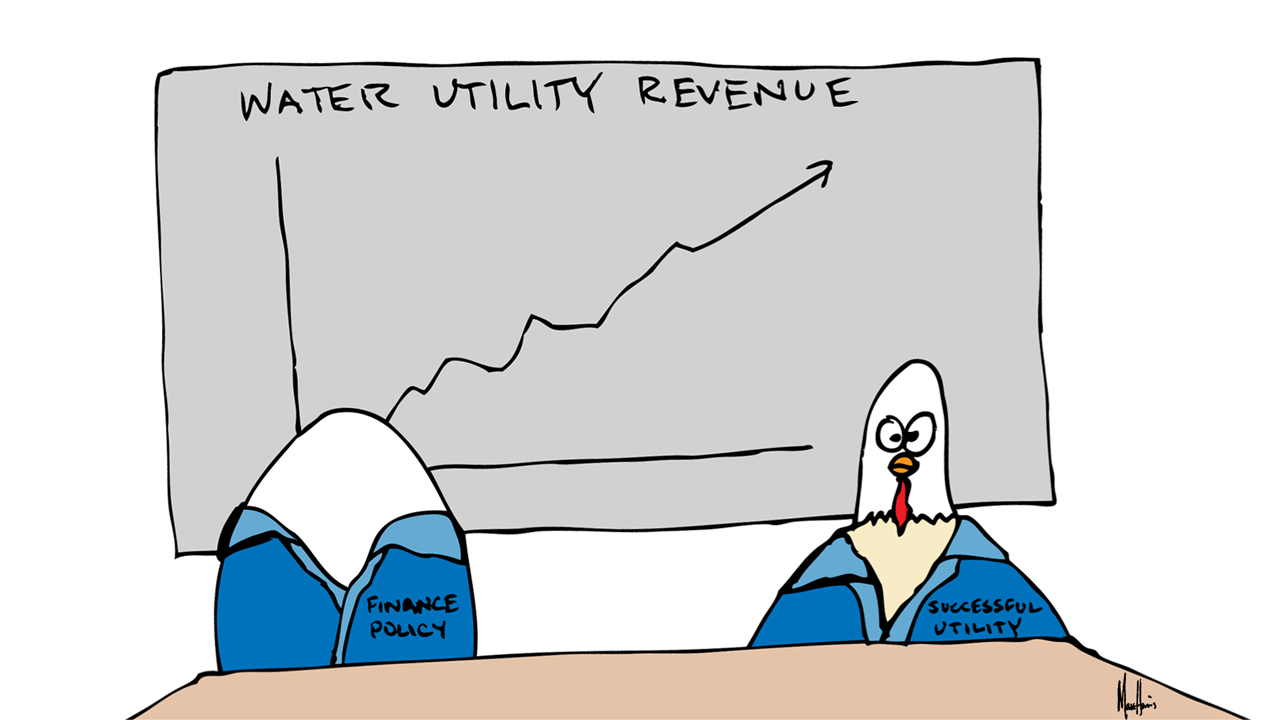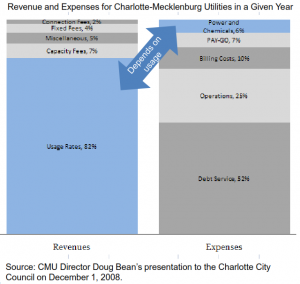Guest Author Rocky Craley is a Senior Consultant at Raftelis Financial Consultants.
Breaking News: Utility rates have continued to increase over the last two years, according to the 2012 Water and Wastewater Rate Survey. That’s the highest-level survey summary, which is (admittedly) not very groundbreaking. But digging into the national rate survey provides a little more information than that – actually, quite a bit more. Surveys such as this provide insights into the water and wastewater industry that enable utility executives, staff and other industry professionals to benchmark rates and key utility metrics against peer utilities. Utilities also use survey data as supplemental information to convey the state of the industry and effectively educate decision makers.








